From Pottery to Possibility: Stoke-on-Trent’s Creative Rebirth Inspired by Manchester
From an international ceramics festival and hot music events to cultural hubs like Spode Works and Middleport Pottery, creativity can drive Stoke’s Renaissance
Deindustrialisation has been challenging for Stoke, but the city can forge new beginnings by taking inspiration from how Manchester rebuilt itself as a creative powerhouse in the ‘80s.
In the 1980s, the United Kingdom’s industrial heartlands were in turmoil. Cities like Manchester and Stoke-on-Trent, once thriving on the back of heavy industries, were left grappling with the collapse of their economies. Unemployment, urban decay, and a sense of abandonment set in. Yet, while Manchester has since managed to reimagine itself as a cultural and creative hub, Stoke-on-Trent remains a city struggling to find its footing in the post-industrial landscape. The stark contrast between these two cities’ fortunes provides valuable lessons in the transformative power of creativity and culture – and how Stoke might yet follow Manchester’s lead.
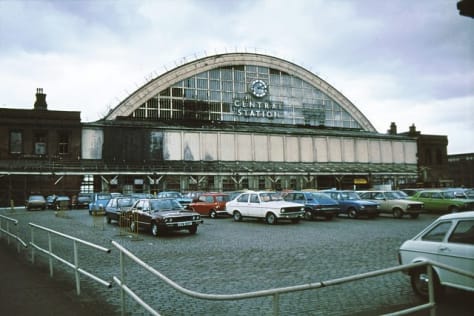
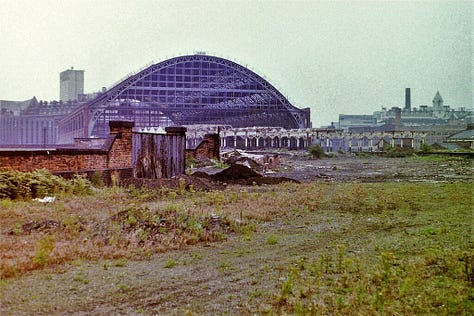

The Collapse of Industrial Giants: Manchester and Stoke-on-Trent in Decline
The 1980s were a challenging decade for industrial cities across the UK. Manchester and Stoke-on-Trent, once symbols of industrial power, found themselves caught in the throes of deindustrialisation. Manchester, known globally as the first industrial city, saw its textile industry, which had once fuelled its meteoric rise, collapse under the weight of global competition. Factories closed, unemployment skyrocketed, and entire neighbourhoods fell into disrepair.
Similarly, Stoke-on-Trent was once a beacon of industrial might, its world-renowned pottery industry earning it the nickname ‘The Potteries’. For centuries, the city was the centre of ceramics production, home to iconic names like Wedgwood, Spode and Royal Doulton. Yet by the 1980s, Stoke-on-Trent too had fallen victim to the forces of deindustrialisation. As international competition increased and consumer preferences shifted, the city’s once-booming pottery industry began to decline.
The effects on the city were profound. Thousands of jobs were lost as pottery factories either closed down or relocated abroad, leaving behind vast industrial sites that fell into disrepair. Like Manchester, Stoke-on-Trent experienced a sharp rise in unemployment and economic hardship, with the city struggling to adapt to the new economic realities. The closure of coal mines compounded the city’s woes, leaving entire communities reliant on government aid and charity to survive.
However, while both cities suffered during this period, their paths have since diverged sharply. Manchester has risen from the ashes of industrial collapse to become one of the UK's most dynamic cultural centres, thanks largely to the strength of its creative industries and the forward-thinking vision of its leaders. However, Stoke-on-Trent has struggled to replicate Manchester's success, with the city still facing high unemployment, urban decay, and a lack of investment in its cultural infrastructure.
The closure of pottery factories left large, vacant industrial spaces throughout the city, but Stoke-on-Trent’s identity remained deeply tied to its ceramic heritage. While the factories were empty, the city’s pride in its pottery history remained intact, providing a foundation for future regeneration efforts.
Manchester’s Creative Renaissance: A Blueprint for Revival
Manchester’s post-industrial transformation offers a blueprint for cities like Stoke-on-Trent. In the early 1980s, Manchester's situation was dire. Boarded-up mills and factories dotted the landscape, and unemployment was at an all-time high. The city was struggling, much like Stoke is today, to find a way out of its economic woes. But something remarkable was happening beneath the surface: a cultural movement was beginning to take shape.
The Madchester music scene, which emerged in the late 1970s and reached its peak in the 1980s, played a pivotal role in Manchester’s revival. Bands like Joy Division, The Smiths, and later The Stone Roses and Happy Mondays put the city on the global music map. The now-legendary Haçienda nightclub became the movement’s epicentre, drawing music lovers from all over the world and helping shift Manchester's identity from a city in decline to one at the cutting edge of music and culture.
As the city embraced the idea that culture could be a powerful driver of economic regeneration, investment poured into the city’s cultural infrastructure, including the redevelopment of major institutions like the Manchester Art Gallery and the Whitworth Art Gallery. Once a derelict industrial area, the Northern Quarter became a thriving hub for independent artists, designers, and musicians.
Manchester’s success didn’t come overnight. It was a blend of grassroots creativity, public investment, and a rebranding effort that positioned the city as a forward-thinking hub of culture and innovation. This model of regeneration through creativity holds valuable lessons for Stoke-on-Trent, which is now at a similar crossroads.
Stoke-on-Trent: Can Creativity Drive a Renaissance?
Stoke-on-Trent’s industrial collapse bears striking similarities to Manchester’s decline in the late 20th century. Today, the city is grappling with the same issues that Manchester faced decades ago – high unemployment, derelict industrial spaces, and a lack of economic opportunity.
However, there is a growing sense of hope in Stoke-on-Trent, driven by the city’s burgeoning arts and culture scene. Much like Manchester in the 1980s, Stoke’s creative communities are beginning to play a role in its potential revival. The city has a rich cultural heritage that could serve as the foundation for a new creative economy.
Several local initiatives are leveraging the city’s pottery legacy to create new opportunities for cultural expression. One such example is Clay College, an educational institution established to preserve and promote the art of studio pottery. By reconnecting with the city’s past, the college is helping to reinvigorate interest in ceramics not just as an industrial product but a form of artistic expression.
In a similar vein, the British Ceramics Biennial (BCB), an international ceramics festival held in Stoke, celebrates the city’s pottery heritage while pushing the boundaries of contemporary ceramic art. It highlights the ongoing relevance of Stoke’s ceramic industry in the global art world and serves as a powerful example of how Stoke’s industrial history can be reimagined.
Manchester didn’t have a single industry that could serve as a foundation for its cultural revival. Instead, the city’s creative renaissance was built on a range of artistic and musical movements. While Stoke’s cultural regeneration may be more closely tied to its industrial past, the city’s creative communities are also expanding beyond pottery to explore new forms of artistic expression.
While these initiatives are promising, Stoke still faces significant challenges in turning its cultural assets into a broader economic revival. For one, the city lacks the kind of cohesive, strategic investment in its creative industries that Manchester benefitted from in its regeneration. Local government, private investors, and cultural institutions must come together to create the conditions for Stoke’s creative industries to thrive.
The Role of Art and Music in Urban Regeneration
One of the key drivers of Manchester’s regeneration was its music scene. The bands that emerged from the city in the 1980s didn’t just make music – they created a cultural movement that redefined the city’s identity. The Haçienda, co-founded by Factory Records and the band New Order, became a symbol of Manchester’s creative energy, transforming derelict industrial spaces into vibrant cultural hubs.
While Stoke-on-Trent is not as widely recognised for its music scene as Manchester, the city is cultivating a growing grassroots music community that is starting to leave its mark on the local cultural landscape.
The Sugarmill, one of Stoke’s most iconic music venues, is a key player in this resurgence. The gig venue has hosted performances from both local talent and national acts, providing an essential platform for emerging artists to develop and showcase their talents.
The Underground in Hanley is another prominent independent venue that regularly features rock, indie, and alternative bands. Nearby, Eleven Music Venue in Sandyford continues to draw crowds with its impressive line-up of rock and metal gigs.
Stoke-on-Trent is also seeing an increasing number of music festivals and events that celebrate its musical diversity. For example, the Summer Sounds Festival hosted at The Underground highlights both local and emerging artists.
Music enthusiasts can also catch gigs at venues like the Victoria Hall and The Regent Theatre, which offer larger-scale concerts from touring artists.
The city is also home to community-led journalism initiatives such as The Knot, which covers gigs and festivals throughout the year and The Knot Life, which aims to be a central community-led hub for everything happening in the area.
With continued support from the local community and investment in music infrastructure, Stoke-on-Trent could develop into a flourishing hub for music and culture, helping to shape the city’s broader renaissance.
Stoke-on-Trent’s Visual Arts Renaissance
Visual art has also played a significant role in Stoke-on-Trent’s emerging cultural revival. Like Manchester’s Northern Quarter, where old warehouses were repurposed as galleries and studios, Stoke is beginning to transform its industrial heritage into creative spaces. The Spode Works, once a symbol of Stoke’s industrial might, has been reborn as a cultural hub, providing studios and exhibition spaces for local artists.
Other initiatives, such as AirSpace Gallery, are part of a broader movement to integrate art into the fabric of the city, with public art installations and exhibitions helping to reshape how residents and visitors experience the urban environment.
Like Manchester’s renowned street art movement, public art projects in Stoke are helping to redefine the city's identity and contribute to its cultural revival. ArtBox is a mural initiative led by Stoke-on-Trent City Centre BID, which aims to revitalise neglected areas through creative expression by local artists, enhancing the city’s aesthetic appeal while fostering a deeper sense of community engagement and pride.
The Role of Grassroots Movements in Stoke’s Revival
One of the most exciting aspects of Stoke-on-Trent’s cultural revival is the role of grassroots movements in driving change.
Organisations such as B-Arts, which works with communities to create high-quality experiences with people from backgrounds who wouldn’t usually engage with art, are at the forefront of this movement. Their work is not only about beautifying the city but also empowering communities to take ownership of their surroundings and use creativity as a tool for social change.
In Stoke-on-Trent’s evolving cultural landscape, several organisations are playing a key role in fostering creativity and community engagement. One of the most influential is Appetite, which brings large-scale outdoor spectacles and intimate performances to Stoke, engaging the community and building a culture of inclusivity.
Another major player is the Portland Inn Project, a community-led arts initiative that focuses on social cohesion and economic development through cultural activities. It has transformed a former pub in Hanley into a cultural hub, offering workshops and skill-building programmes in areas such as art, cooking, and gardening.
In Longton, Urban Wilderness combines art with environmental sustainability through public art projects such as sculpture, storytelling, and carnival pageantry.
Together, these organisations contribute significantly to Stoke’s cultural regeneration, ensuring that the arts are accessible to all residents. They are fostering a new cultural identity for the city, one that embraces inclusivity, creativity, and community pride.
Lessons from Manchester: A Roadmap for Stoke-on-Trent’s Revival
Manchester’s journey from industrial decline to cultural resurgence offers a clear roadmap for Stoke-on-Trent. There are four key lessons that Stoke can take from Manchester’s success:
Invest in Creative Industries: Manchester’s regeneration was driven by a recognition that culture and creativity could be engines of economic growth. Stoke must similarly invest in its creative sectors, particularly in its ceramics heritage, music scene, and visual arts. This requires both public and private investment to create the infrastructure needed for creative industries to thrive. Stoke must also address its transport and infrastructure. Ensuring more reliable and accessible public transport services will not only benefit those without cars but also support efforts to reduce carbon emissions and move towards a more sustainable future. Enhancing parking options, particularly around cultural venues and events, is equally essential to accommodate both local and visiting audiences.
Repurpose Industrial Spaces: One of Manchester’s most visible successes was the transformation of its derelict industrial buildings into cultural spaces. Stoke has a wealth of similar buildings that could be repurposed as studios, galleries, and performance spaces. Once creative activity begins to take root in these spaces, it attracts other businesses, from cafes and restaurants to shops and digital startups, creating a ripple effect that revitalises entire neighbourhoods.
Foster Grassroots Movements: Manchester’s revival was largely driven by local artists, musicians and entrepreneurs, who took ownership of their city’s future. Stoke must similarly support its grassroots creative communities, ensuring that local talent has the resources and platforms they need to succeed.
Rebrand the City: One of the most successful aspects of Manchester’s transformation was its rebranding as a city of culture and innovation. Stoke must work to change the narrative surrounding its industrial decline, promoting its cultural assets and positioning itself as a centre for creativity. This could involve hosting major cultural events, much like Manchester’s Commonwealth Games in 2002 and the local media reporting on positive movements and exciting things happening in the city.
A Blueprint
There are many lessons that Stoke can learn from Manchester’s regeneration. Both cities share a rich industrial heritage, and both have faced the challenges of economic stagnation and urban decay. Yet, as Manchester’s revival has shown, culture, creativity, and community engagement can be powerful tools for transformation.
Stoke-on-Trent stands at a crossroads. With its pottery heritage, emerging creative scene, and passionate local communities, the city has all the ingredients for a cultural renaissance. The key now is to invest in these assets, support grassroots movements like The Knot News and The Knot Life, and ensure that Stoke’s regeneration is inclusive and sustainable. If Stoke can do this, it can follow in Manchester’s footsteps, creating a vibrant city that celebrates its past while embracing its future.
If you’re interested in learning more about how Manchester turned things around, Manchester Unspun by Andy Spinoza is an excellent account of the city’s cultural, economic, and political evolution. Spinoza, who lived through Manchester’s transformation, offers a detailed look at how the city reinvented itself through a combination of grassroots creativity, public investment, and strategic vision. It’s a must-read for anyone interested in urban regeneration and the role of culture in driving economic change.





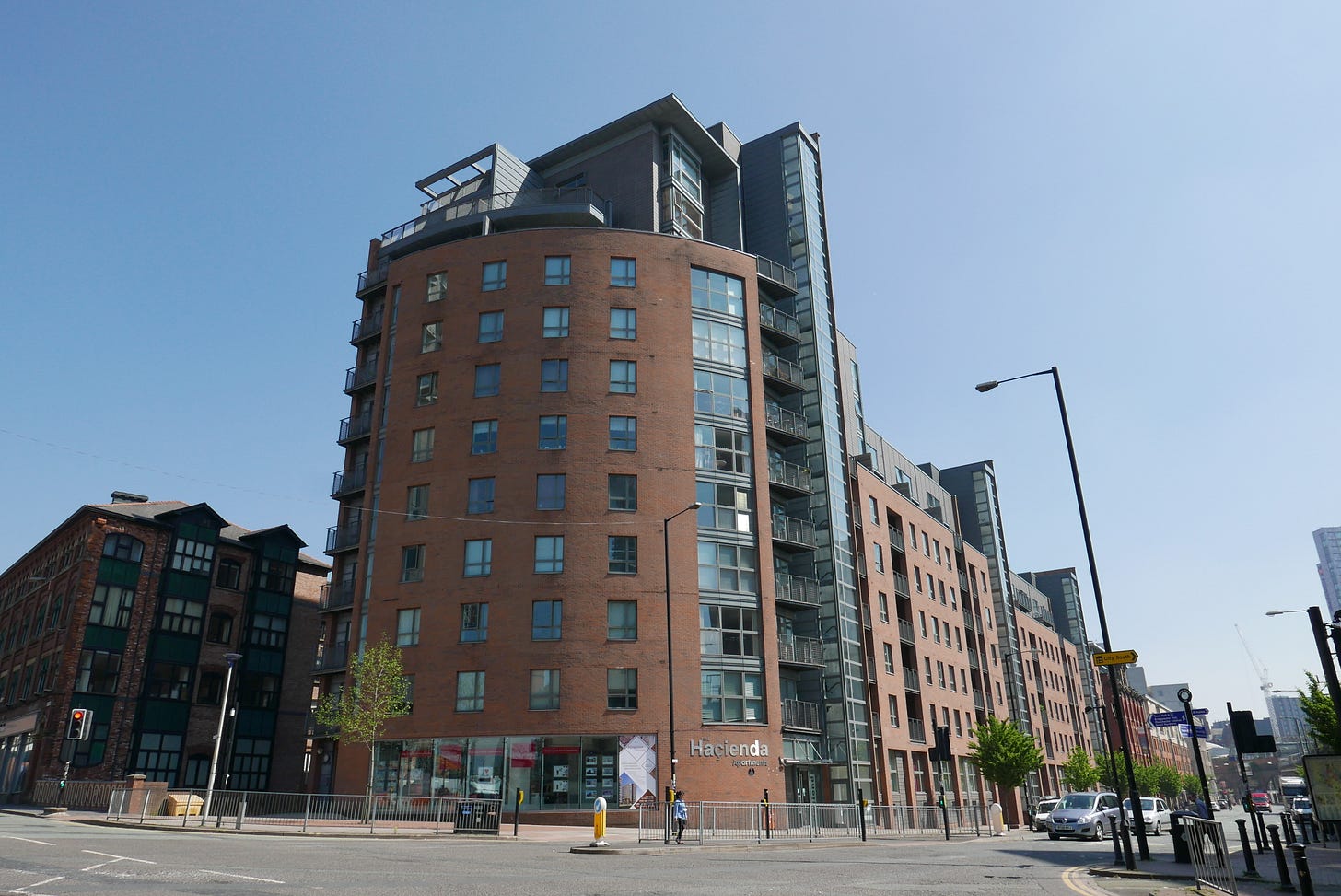
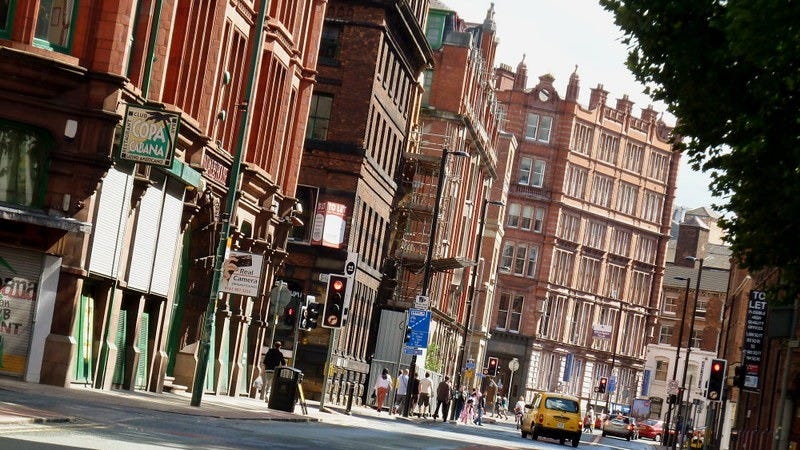
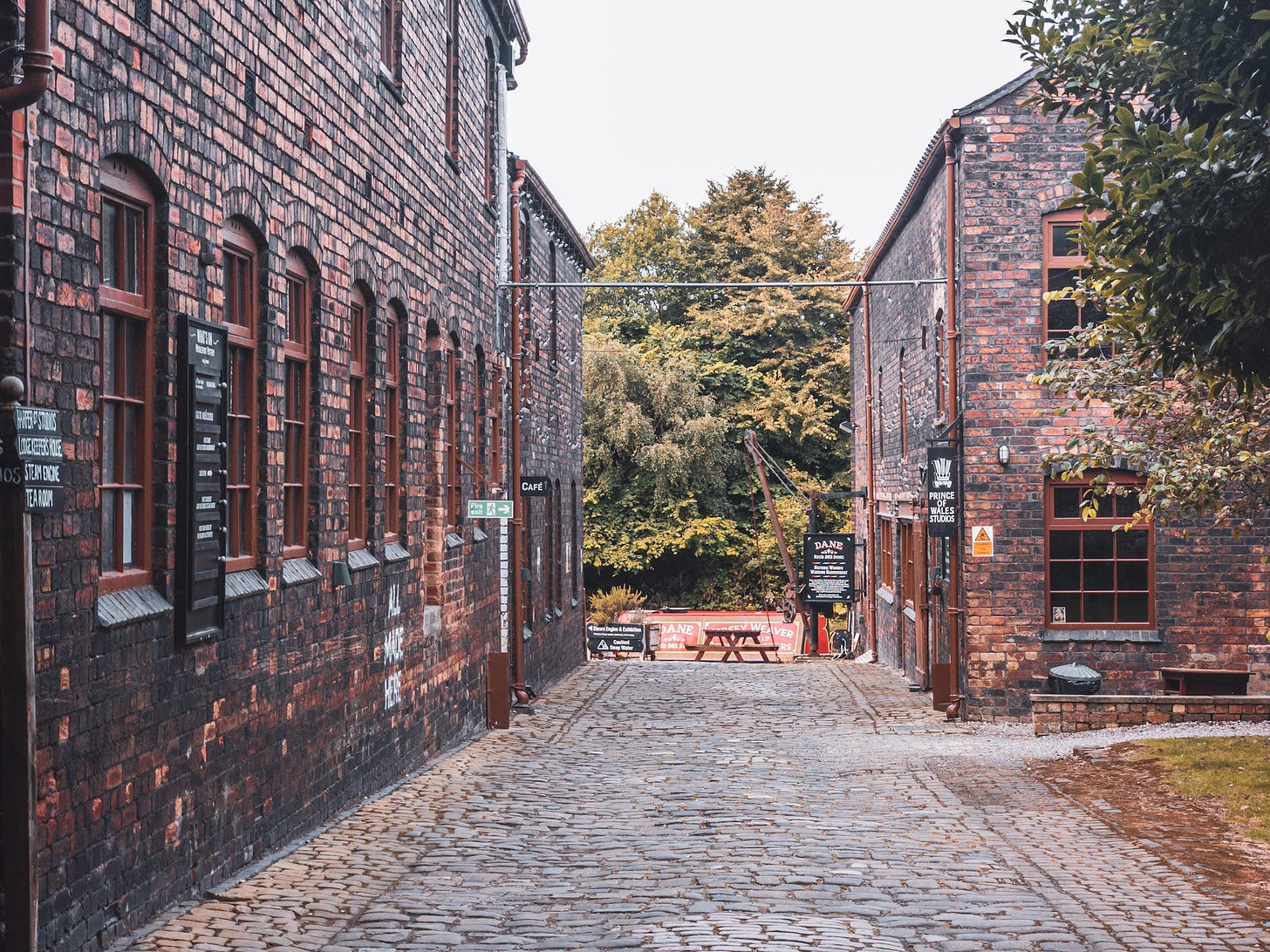


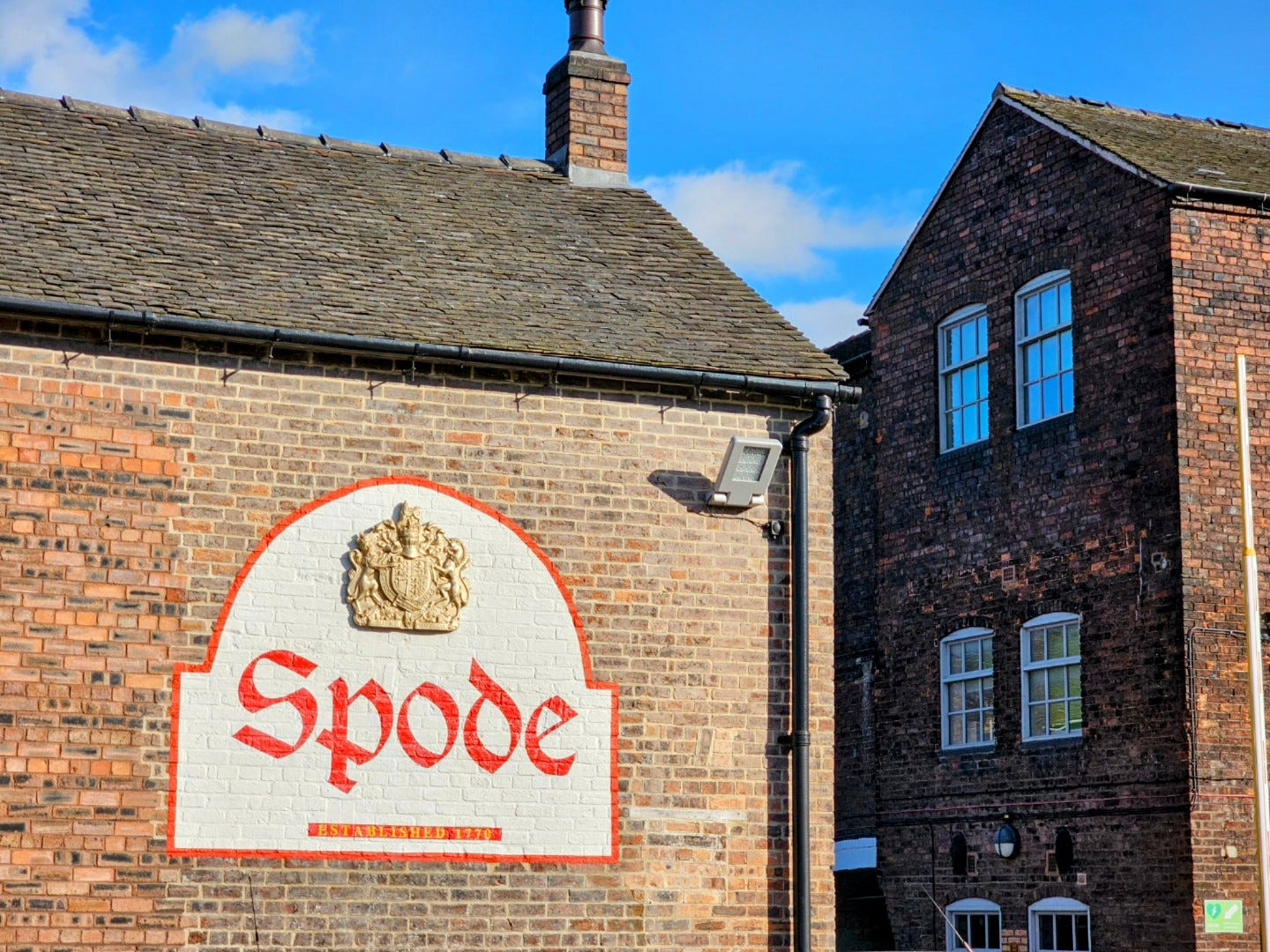
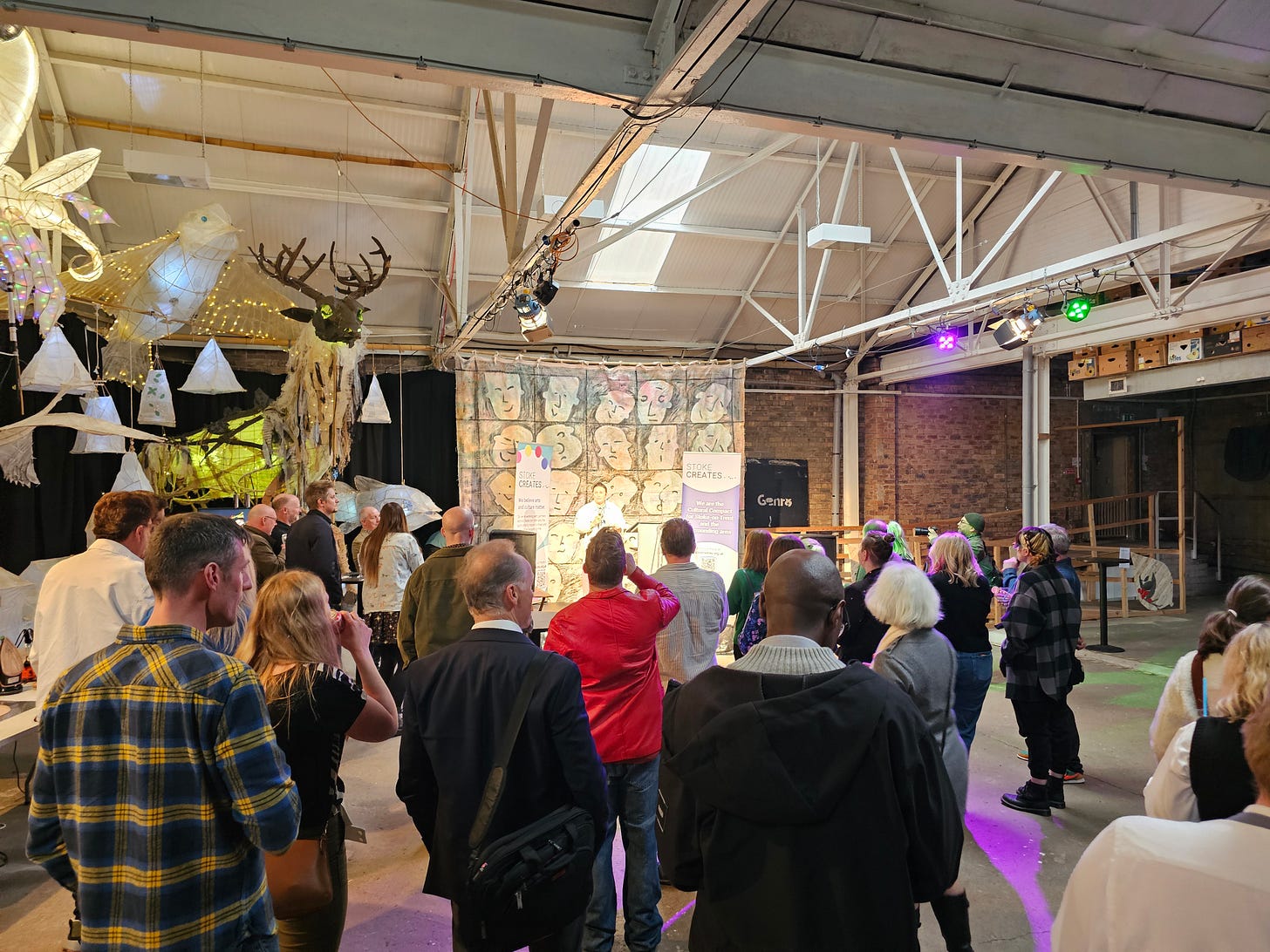
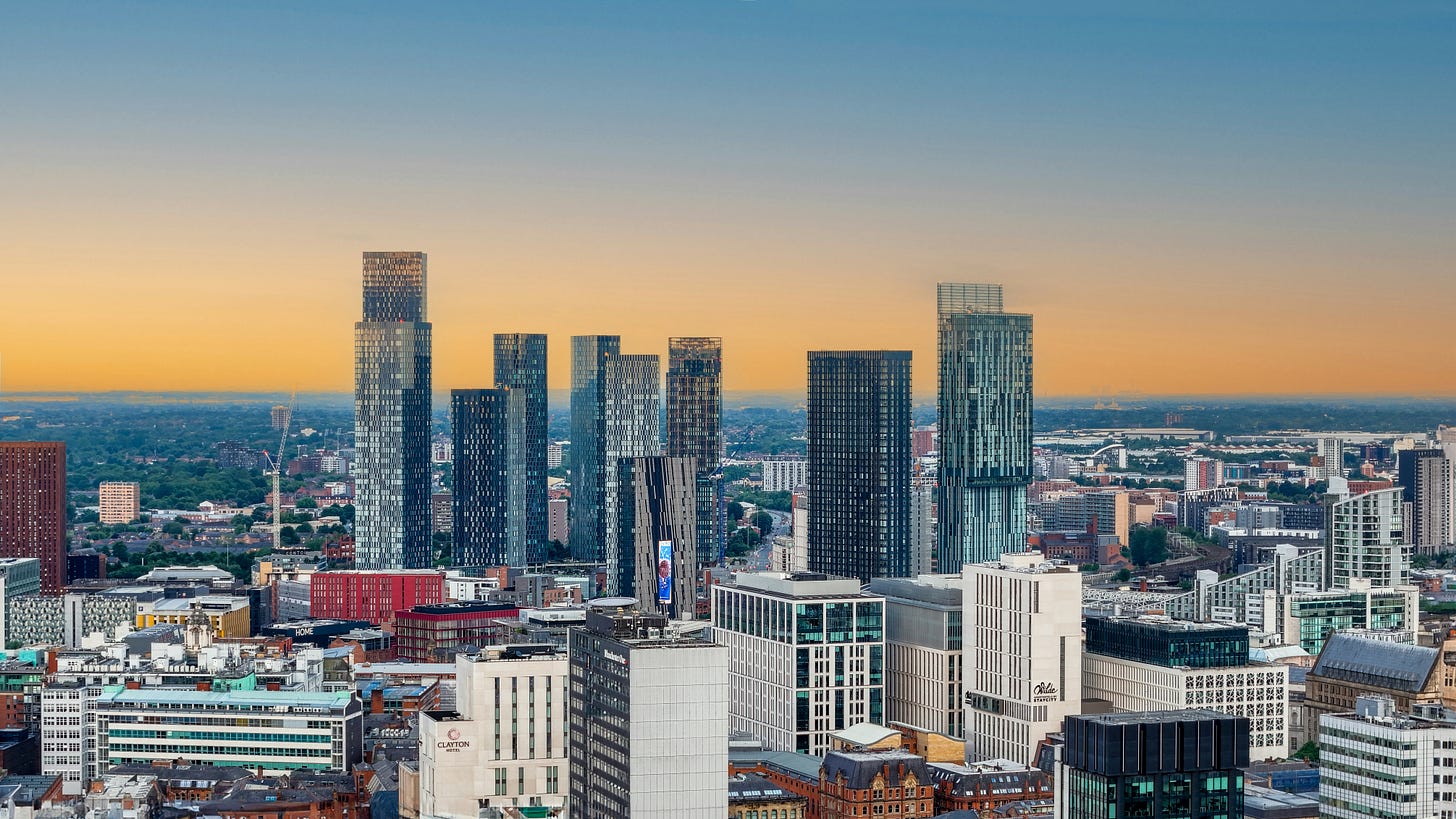


A good article and I agree with much of it. However, success is really dependent on leadership and aspiration. In the 80' and 90's, Manchester had very good governance and a plan. The plan consisted, mainly, of creating new city areas - Airport City, Sports City and Media City, along with the transformation of the city centre itself.All long term aspirations, and now all very successful. Stoke on the other hand, had old Labour councils which had no plan and their only aspirations were to ensure Labour continuation. It should be noted that as PM, Blair never visited Stoke, thinking there was no point. I will never forget the comment from the hapless Liz Jeffries, Stoke's tourism head. She said in 1988 "Manchester is full now and their success will start trickling down to Stoke ".That was the attitude, "We don't need to do anything ". I fear that nothing has changed. Stoke's leadership is abysmal. The is no ambition or aspiration. The city's education establishments are very poor and any young people with ambition are well advised to leave this dreadful place asap.
I agree with much of this article, and it's focus on how creativity may be able to save Stoke from further decay. However, what Manchester had for its recovery was a strong focus on education, with a good choice of Grammar, private, and top-performing schools within its commuter belt. In stark comparison, Stoke's abysmal local government, over decades, has failed to get a grip on education and still tops the leagues of shame for outcomes and attendance. The city now has no Grammar school or private school, and only one consistently 'outstanding' rated state high school, which is massively over-subscribed. Aspiration and ambition are key attributes for recovery, and although 'built by necessity alone' schools will often do the best with the cards they are dealt, i strongly feel they are not the solution for the giant leap Stoke needs to take. Education of all kinds need urgent and sustained attention in this city, as the current poorly educated demographic cannot either adequately support existing residents, jobs, and investment, nor attract much-needed new families able to drive the city forward, as happened in Manchester.